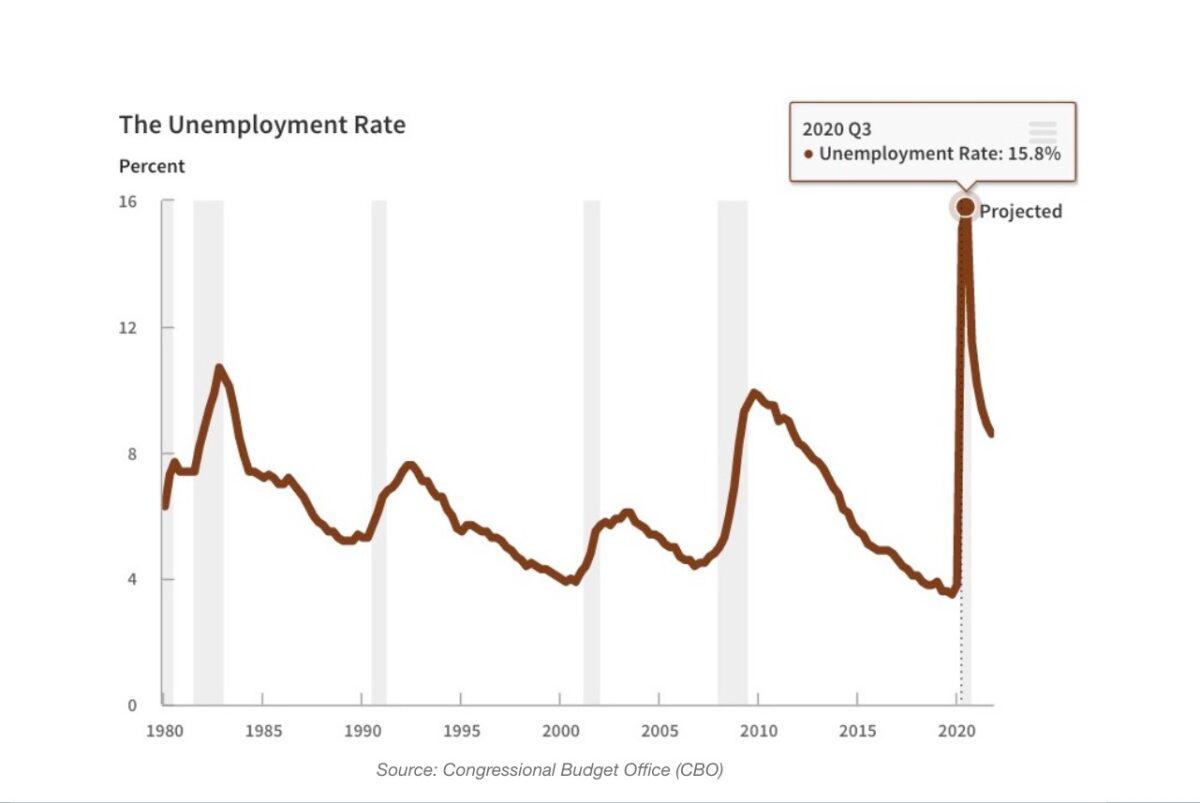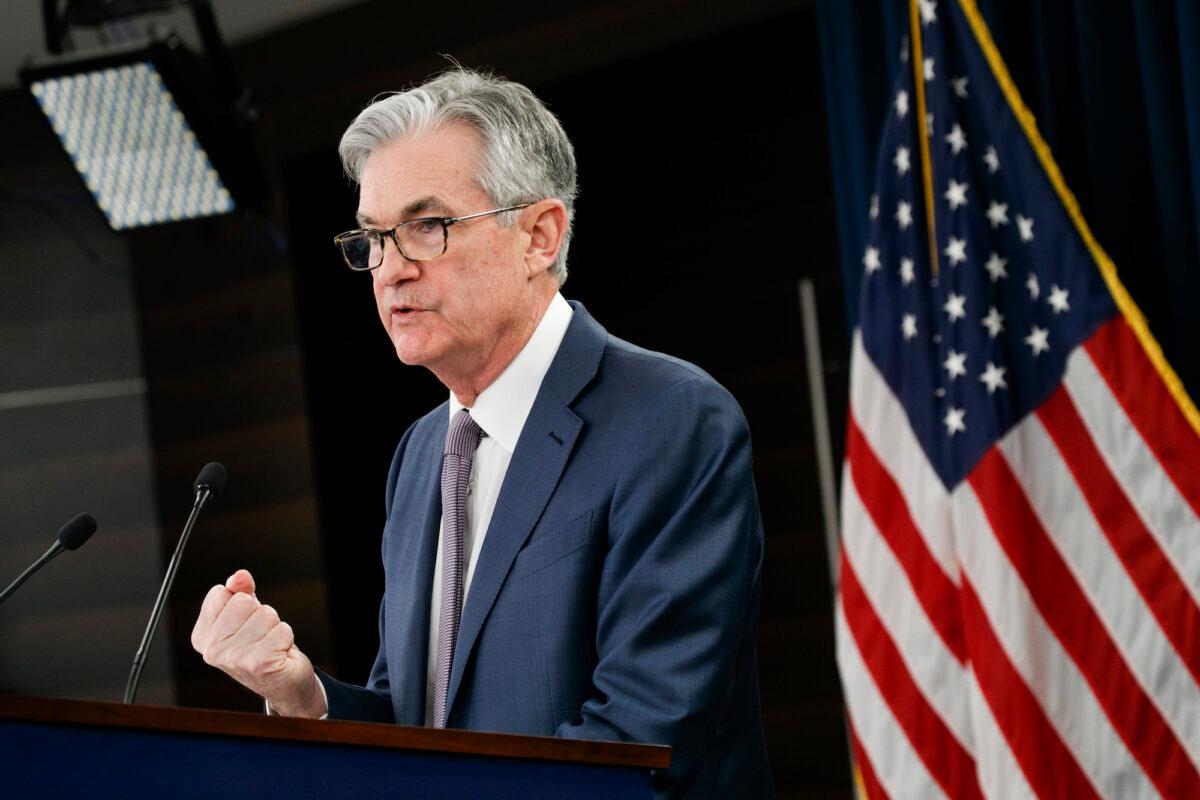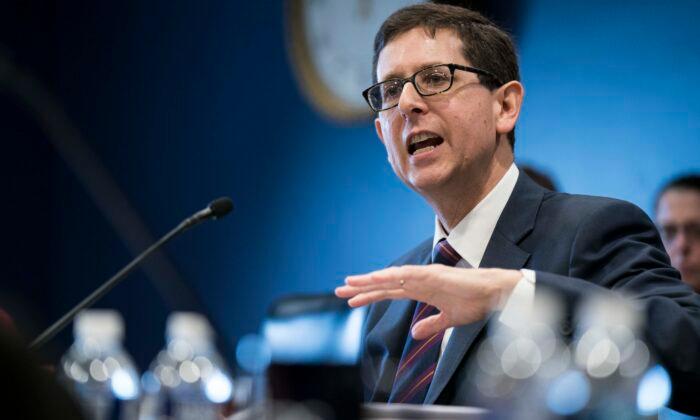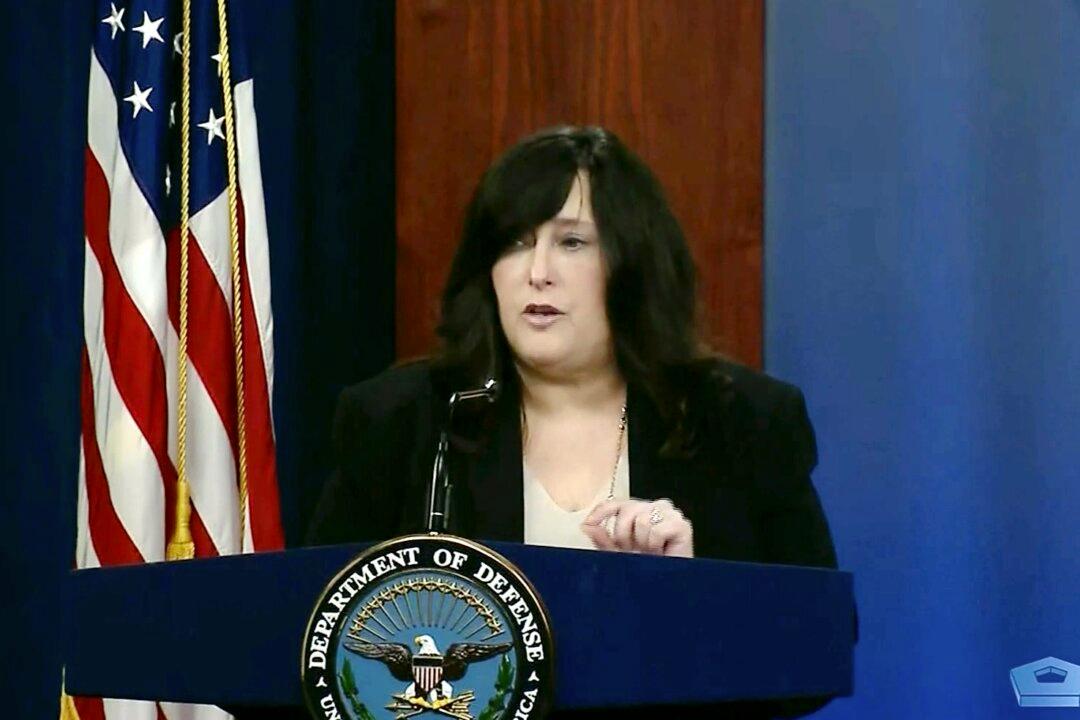The Congressional Budget Office (CBO) said Monday that while it expects the economy to bounce back sharply as social distancing restrictions ease in the third quarter of 2020, there will be an overhang of relatively high unemployment through the end of next year.

“The pandemic and the social distancing measures taken to contain it have widely disrupted economic activity, causing a wave of job losses and ending the longest expansion since World War II,” the non-partisan Congressional agency said in the report.
“In addition to the economic disruptions, the virus has created tremendous strains in some essential financial markets and impaired the flow of credit in the economy,” Powell added.

In its economic forecast, the CBO projected the economy would contract at a 37.7 percent annualized rate in the second quarter, but expand at a 21.5 percent pace in the July-September period. It expects that, from its peak in April, social distancing will drop by roughly two-thirds during the second half of this year, bringing joblessness down with it.
“Hiring will rebound and job losses will drop significantly as the degree of social distancing diminishes,” CBO said. “However, those improvements will not be large enough to make up for earlier losses.”
With much of the nation shut down to halt the spread of the virus, the economy has taken its biggest hit since the Great Depression of the 1930s.
President Donald Trump has said repeatedly that as the country opens up, the economy will make a sharp rebound.
Cuts are necessary “because with millions of Americans forced out of work by the virus, it’s more important than ever to remove burdens that destroy American jobs,” the president said.
“We’re fighting for the livelihoods of American workers, and we must continue to cut through every piece of red tape that stands in our way,” he added.





